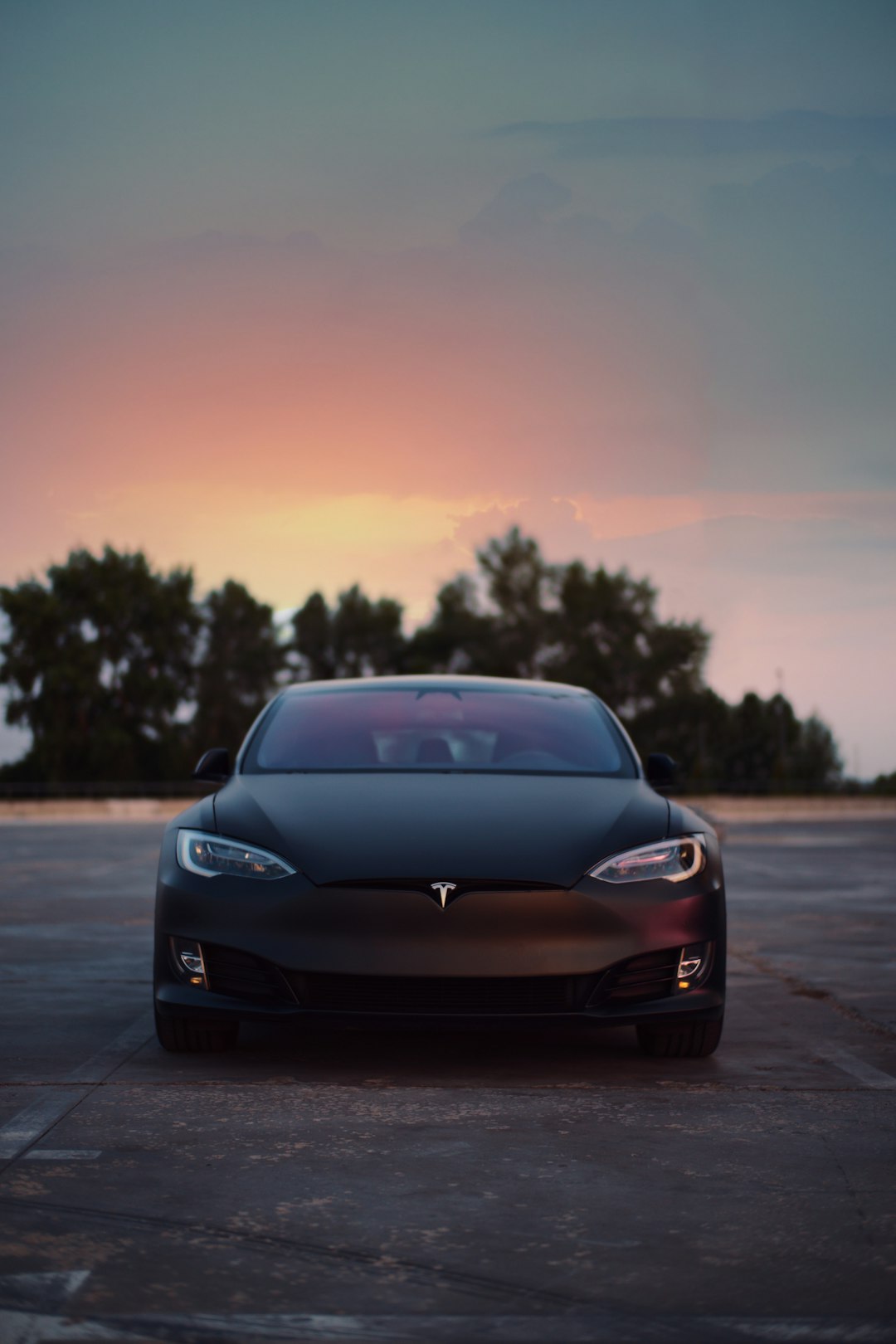
Tesla Inc. (NASDAQ:TSLA) officially entered the Indian automotive market on Tuesday, launching its Model Y SUV at a starting price of ₹58 lakh (~$70,000)—the highest price point for the vehicle globally.
The debut marks a long-awaited move for the EV giant, which is attempting to revive flagging global sales by tapping into one of the fastest-growing economies. Deliveries are expected to begin in Q3 2025, with the vehicle positioned squarely in India’s luxury EV segment.
Tesla’s India entry comes amid:
Surplus production capacity across its global factories
Stagnating EV demand in key markets like the U.S. and China
A shift in strategy to import models first, rather than wait for a local factory setup
Despite CEO Elon Musk's past criticism of India's steep import duties—some exceeding 100%—Tesla has opted to test the waters by importing the Model Y.
Rather than directly competing with mass-market EV leaders like Tata Motors (NYSE:TTM) or Mahindra, Tesla is eyeing buyers of luxury German brands such as:
BMW (ETR:BMWG)
Mercedes-Benz (OTC:MBGAF)
Its newly opened showroom in Mumbai underscores its intent to establish a premium footprint while long-term plans for a local manufacturing facility remain under negotiation.
For investors assessing the potential impact of Tesla's India expansion, analyzing its financial health and key metrics is critical. Use this real-time dataset to monitor Tesla’s valuation and capital structure:
📊 Key Metrics (TTM) – Statement Analysis
Track Tesla’s EV-to-EBITDA, revenue per share, operating margins, and debt load—particularly as the India market affects delivery volumes and cash flow.
Tesla's India pricing strategy may limit initial demand, but it signals a strategic reentry into a market it previously walked away from. Ongoing U.S.-India trade discussions may pave the way for lower tariffs or a localized plant, potentially making Tesla more competitive in the mass EV segment in the future.
Until then, Model Y will serve as a litmus test for India's luxury EV appetite—and a case study on whether imported EVs can succeed in tariff-heavy markets.